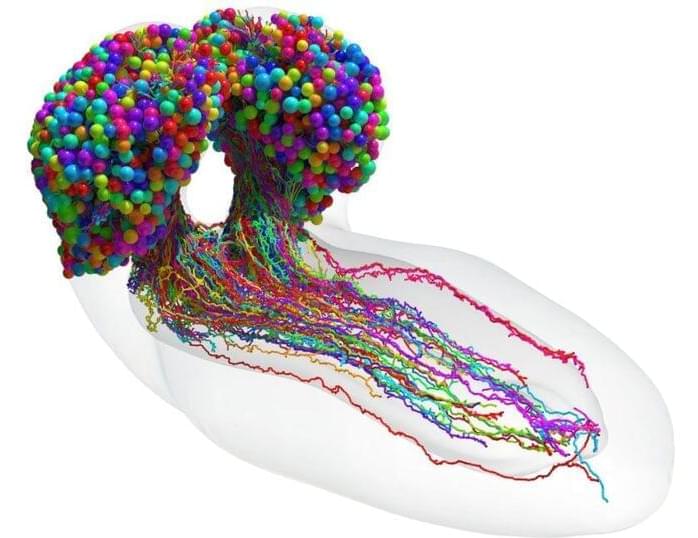Scientists created a map of an entire larval fruit fly brain that shows all 548,000 synapses in the organ.



A quick introduction to Yamanaka factors!
The quest for longevity has always been with us. Ever since the ancient kings of old we have been trying everything we can think of in order to stave off death and disease, with most of our efforts unfortunately baring little fruit. However, as it turns out, the power to reverse the aging process has been nestled within us this whole time. Not in the metaphorical sense, but rather in the quite literal sense. For you see, we have been reversing the aging process every single time we have reproduced.
Have you ever wondered how it is that regardless of how old the parents of a child are, the child is never born ‘pre-aged?’. This seems like a ridiculous question, but if the genetic material that came from the parents (especially from the father) has already undergone the aging process, then how is it that ‘genetic aging’ is not passed onto the child? If such a process were to occur, then it would obviously spell doom for our entire species, as we would eventually accumulate age with each subsequent generation and we would very quickly perish. Yet, this obviously does not happen. So the question was asked, why is this?

The future of computing includes biology says an international team of scientists.
The time has come to create a new kind of computer, say researchers from John Hopkins University together with Dr. Brett Kagan, chief scientist at Cortical Labs in Melbourne, who recently led development of the DishBrain project, in which human cells in a petri dish learned to play Pong.
In an article published on February 27 in the journal Frontiers in Science, the team outlines how biological computers could surpass today’s electronic computers for certain applications while using a small fraction of the electricity required by today’s computers and server farms.
This video explains germline mutations vs somatic mutations.
Thank You For Watching.
Please Like And Subscribe to Our Channel: https://www.youtube.com/EasyPeasyLearning.
Like Our Facebook Page: https://www.facebook.com/learningeasypeasy/
Join Our Facebook Group: https://www.facebook.com/groups/460057834950033
Support Our Channel: https://www.patreon.com/supereasypeasy

Working from home has many of us wondering how we can make this new experience more comfortable and accommodating. lately we’ve seen brands like established & sons collaborate with french designers erwan and ronan bouroullec to create flexible pieces of furniture that really work for these changing times. but this new chair got us both excited and confused as we can’t decide if it’s genius or just borderline crazy. developed by cluvens, the cluvens IW-SK zero-gravity esports gaming chair boast a scorpion shape that cocoons you — if that’s what you like.

We humans have a wonderful ability to keep developing, innovating, and engineering bigger, better, and faster contraptions. Close to Earth, we’ve been soaring through the skies in airplanes since 1903 thanks to the Wright brothers, and we’ve been launching spacecraft into space since 1957 when the Soviet Union rocketed the Sputnik satellite above our heads.
The team discovered a way of stabilizing detonation for hypersonic propulsion by creating a hypersonic reaction chamber for jet propulsions.


If there is a social media phenomenon getting some kind of popularity, Meta will try and jump in. We have seen the company copy different kinds of formats ranging from Stories to short videos after seeing the success of other platforms. Now, the Mark Zuckerberg-led company is working on a decentralized text-based app.
Meta confirmed this development in a statement but didn’t give out details about when it plans to release the app.
“We’re exploring a standalone decentralized social network for sharing text updates. We believe there’s an opportunity for a separate space where creators and public figures can share timely updates about their interests,” a Meta spokesperson said.

A Norwegian Greentech company has recently unveiled its new 1,000-foot (324m) tall, floating wind turbine array. Called “Wind Catcher”, this innovation in renewable energy generation could be used to power as many as 80,000 homes.
The system has been developed by the Norwegian-based Wind Catching Systems (WCS), who declare that their new wind turbine setup could generate five times the annual energy of the world’s biggest standalone wind turbines. Not only that, but if scaled, it could reduce the costs of wind energy to be competitive with traditional grid-supplied electricity.